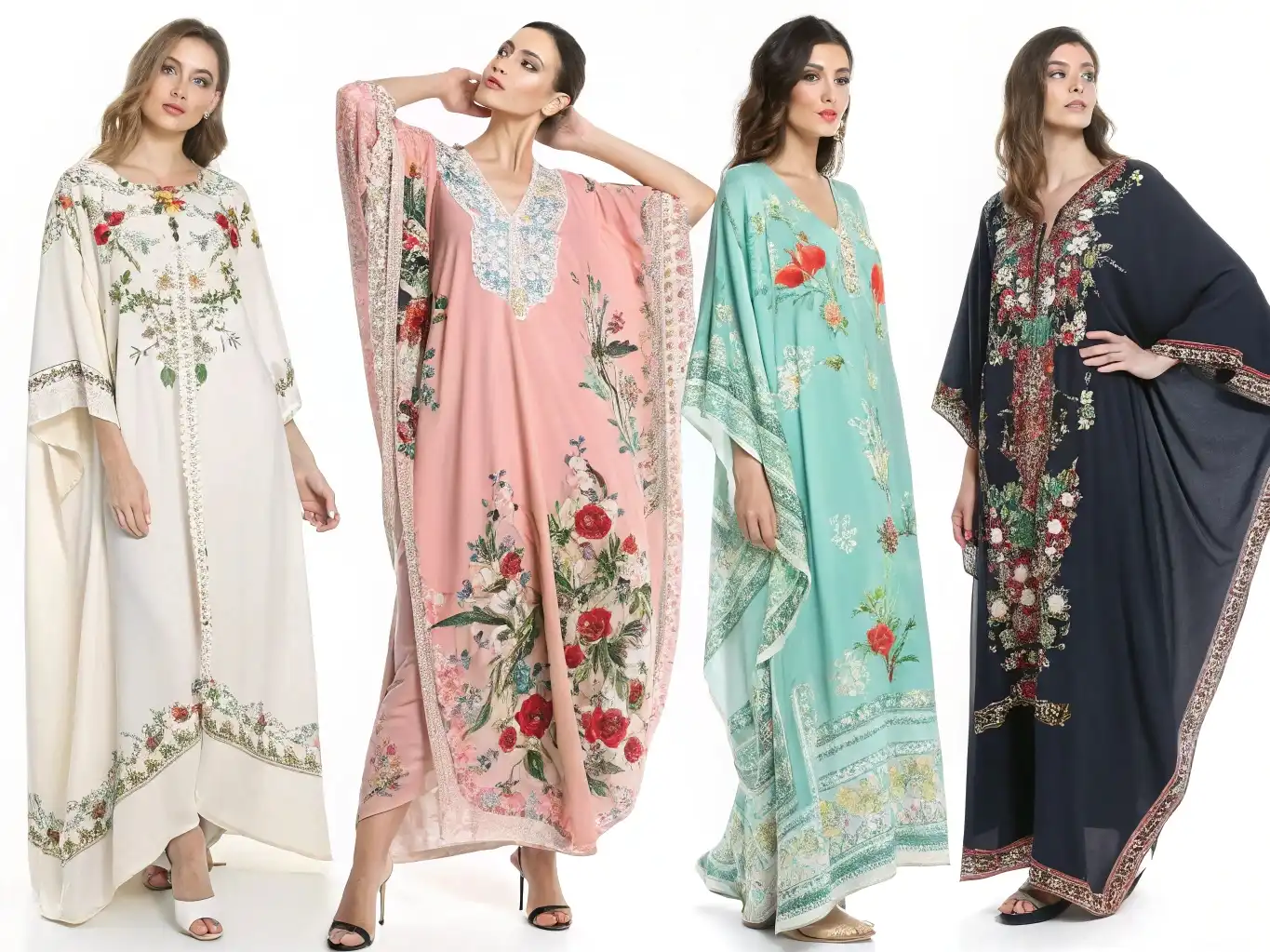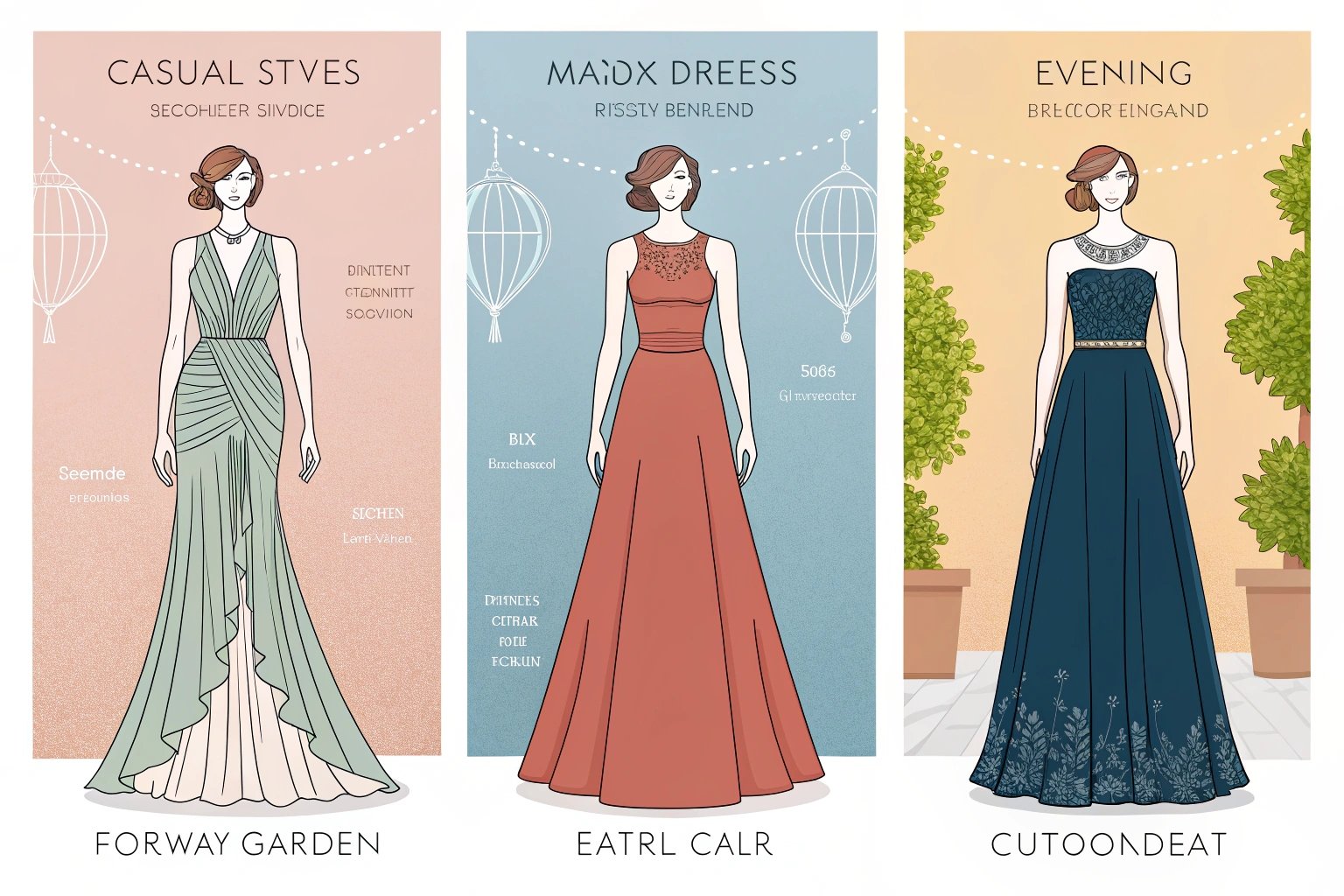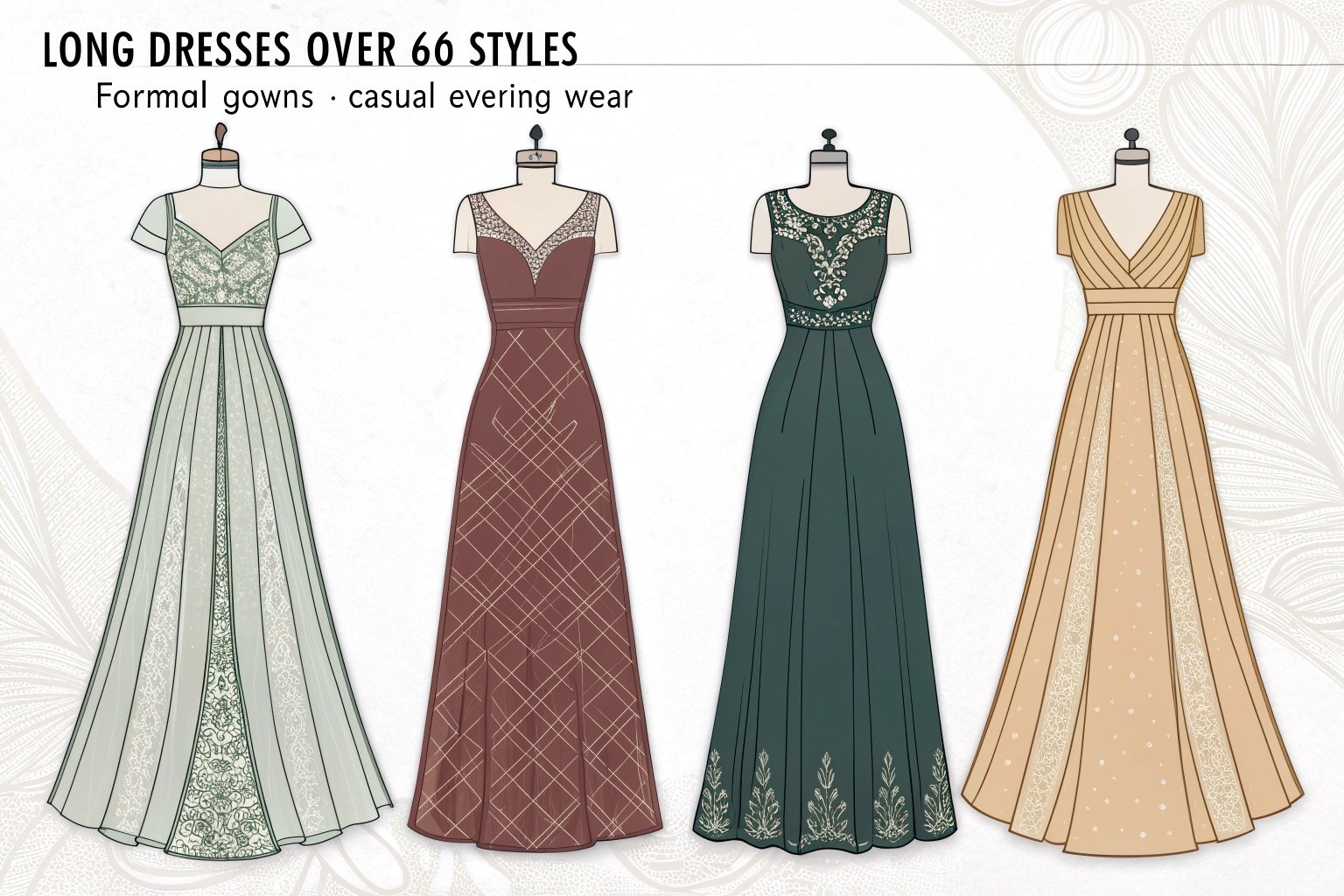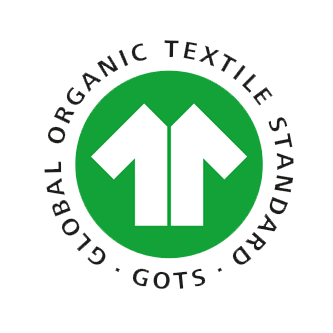Achieving the perfect silhouette isn’t just about great design—it depends heavily on fabric behavior. One of the most important characteristics our clients look for in their dress collections is shape retention.
The best fabrics for holding shape include ponte knit, scuba, twill, mikado, neoprene, and cotton sateen. These materials provide structure, resist sagging, and maintain silhouette integrity even after repeated wear.
Let’s dive deeper into what makes a fabric “structure-friendly” and how we use it across various product lines.
Why does shape retention matter in garment design?
Not all garments need a sculpted form—but for dresses that define a body, flare at the hem, or taper at the waist, fabric strength is essential.
Shape retention ensures that the garment stays true to its design even after multiple wears, washes, and movements. It also reduces wrinkling and sagging.
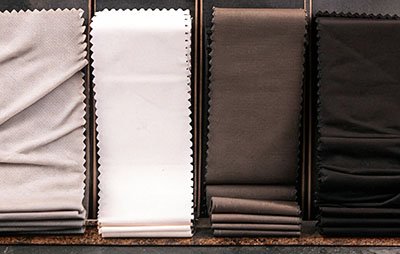
Ideal use cases
- Fit-and-flare dresses
- Tailored workwear
- Bodycon silhouettes
- Peplum and panel structures
What affects shape retention?
- Fiber content (poly, cotton blends, elastane ratio)
- Fabric weight (200+ GSM generally performs better)
- Weave or knit tightness
- Finish (pre-shrunk, reinforced, or coated)
What are the top fabrics for holding shape?
Here’s how we categorize and apply the most reliable shape-holding materials.
We group them into structured knits and woven fabrics with body—each suited to different silhouettes and design goals.
Structured knits
| Fabric | Key Benefits | Recommended For |
|---|---|---|
| Ponte Knit | Double-knit, smooth, firm | Office dresses, tailored cuts |
| Scuba Knit | Thick, springy, crease-resistant | Statement minis, cut-outs |
| Neoprene | Holds shape dramatically | Fashion-forward, editorial |

Structured wovens
| Fabric | Key Benefits | Recommended For |
| Mikado | Crisp silk/poly blend | Gowns, formal wear |
| Twill | Dense diagonal weave | Skater dresses, utility styles |
| Cotton Sateen | Smooth finish, slight sheen | Occasionwear, A-line midis |
How does fabric weight influence shape?
Fabric weight is measured in GSM (grams per square meter).
Heavier fabrics generally offer more shape retention because they resist collapse and provide the structure needed for sculpted designs.
General GSM guide
| GSM Range | Fabric Feel | Ideal For |
| 100–150 | Light, soft | Flowy dresses, linings |
| 150–220 | Medium | Most structured casual styles |
| 220–300+ | Heavy, supportive | Tailored and sculptural styles |
Tip
At Xzapparel, we recommend 220+ GSM for dresses requiring form control, particularly when manufacturing bodycon, flared hems, or tiered layering.
What is the role of fiber content in shape retention?
Fiber blend impacts stretch, memory, and recovery.
Synthetic fibers (like polyester or nylon) and elastic content (like spandex) help fabrics bounce back to their original shape. Natural fibers tend to lose shape faster unless blended or stabilized.
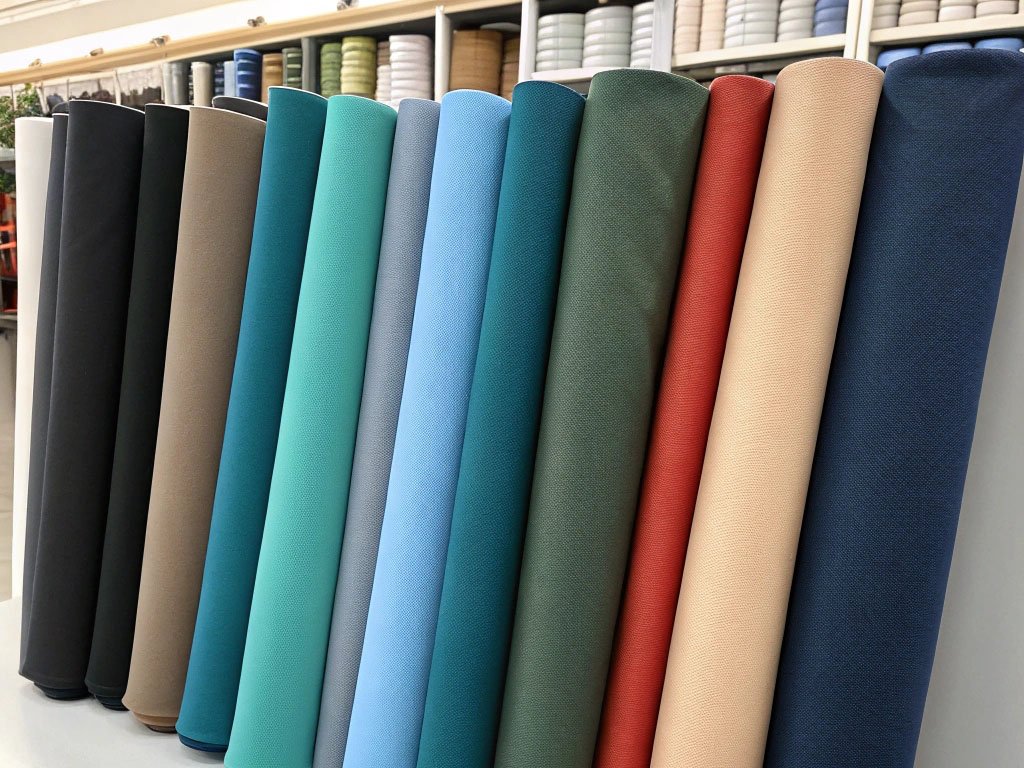
Fiber comparison
| Fiber | Recovery | Stiffness | Best For |
| Polyester | High | Moderate | Scuba, twill blends |
| Spandex | Very High | Adds bounce | Ponte, fitted dresses |
| Cotton | Low | Soft | Casual or blended for support |
| Nylon | Moderate | Crisp | High-performance, active lines |
Our recommendation
Use polyester-blend knits or cotton with spandex for daywear. Opt for twill or mikado blends when sharp structure is key.
What techniques improve shape control in production?
Beyond fabric, construction plays a key role.
To ensure the garment retains its shape post-production, we apply stabilizers, facings, fusible interfacing, and bonded seams.
Shape control techniques
- Horsehair braid: Adds flare at hems
- Boning or underlining: For bodices and corsets
- Reinforced seams: Especially around waist and neckline
- Topstitching: Helps seams stay flat and defined
Common Xzapparel practices
We double-line bodycon dresses in ponte, use stretch linings under sateen midis, and add seam tape in twill constructions to preserve clean structure.
What dress silhouettes benefit most from structured fabric?
Fabrics with form are not ideal for every silhouette—but essential for some.
Dresses that define body shape, add volume, or emphasize geometry rely on fabrics that hold their edge.

Design matches for structured fabrics
- Fit-and-flare: Twill, cotton sateen
- Bodycon: Ponte, scuba
- Ball gowns: Mikado, taffeta
- Peplum dresses: Cotton blends with stretch
Buyer tip
Structured fabrics can be layered with chiffon or tulle to combine volume and softness for dramatic results.
How does shape-holding fabric affect garment longevity?
Fabrics that hold shape also tend to resist damage.
They wrinkle less, sag less, and stretch less—meaning the garment looks better after repeated wears and holds value longer.
Long-term benefits
- Fewer returns for fit distortion
- Better hanging in retail displays
- Easier to steam/press before photo shoots or events
Client feedback
Our clients report fewer shape-related issues and improved sales performance when using ponte or twill for structured dresses, especially in office and occasionwear categories.
Conclusion
When structure matters, fabric choice is critical. At Xzapparel, we help fashion buyers and designers choose materials that shape and hold—ensuring your garments fit beautifully on day one and after ten wears.
Whether you need stretch control for bodycon or volume support for midi skirts, understanding shape-retentive fabrics gives you the edge in design and manufacturing.


